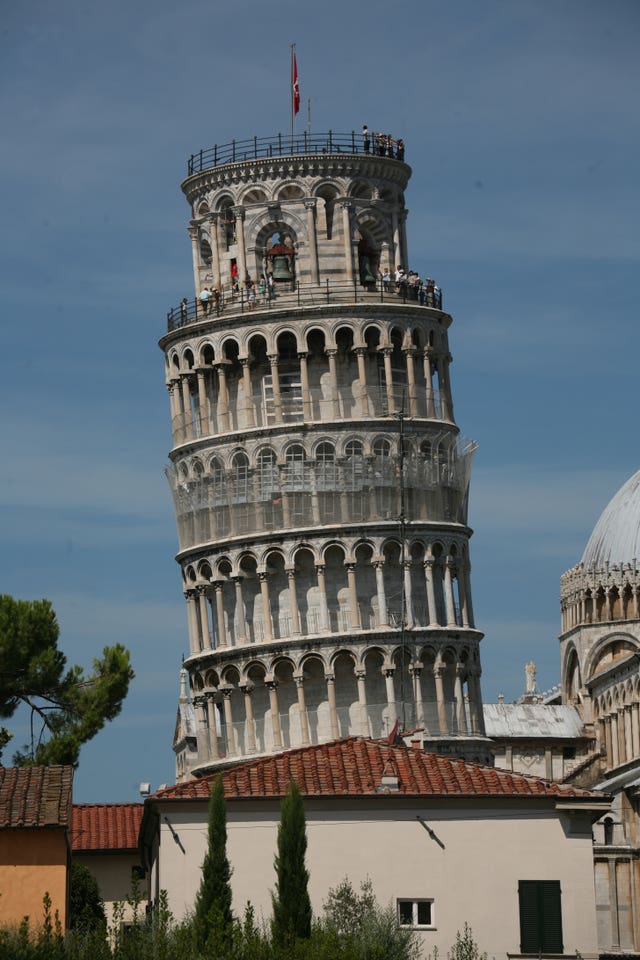Why the Leaning Tower of Pisa survived earthquakes
Turns out, the building is able to weather seismic activity for the same reason it leans.

How has the Leaning Tower of Pisa managed to stay intact for more than 500 years?
It’s a long-standing question many have attempted to explain but a team of international scientists believe they may have an answer.
And it’s got to do with the soil beneath it.
The 58-metre tall tower, which was completed in 1372, leans at a five-degree angle that leads to an offset of over five metres at the top.
This, the researchers say, makes the structure vulnerable, making it prone to serious damage or even collapse in a moderate earthquake.

The research team, consisting of 16 engineers from the UK and Italy, concluded the survival of the tower is down to a phenomenon known as dynamic soil-structure interaction (DSSI).
They believe the “unique combination” of the “height and stiffness of the tower” and the “softness of the foundation soil” has been a key factor in the building’s survival.
The team says that due to DSSI, the tower “does not resonate with earthquake ground motion” as the soft soil “causes the vibrational characteristics of the structure to be modified substantially”.
Professor George Mylonakis, of the Department of Civil Engineering at the University of Bristol, who led the study, added: “Ironically, the very same soil that caused the leaning instability and brought the tower to the verge of collapse, can be credited for helping it survive these seismic events.”
Results from the study will be announced at the 16th European Conference in Earthquake Engineering in Thessaloniki, Greece next month.





